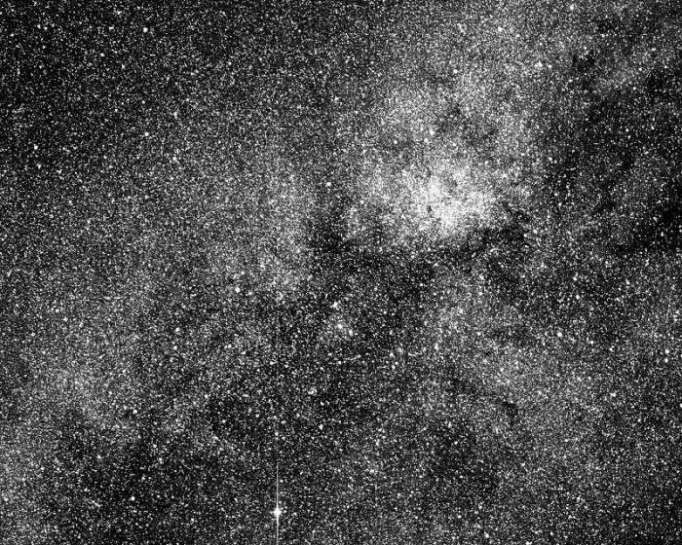On 17 May, it passed about 8000 kilometres above the moon’s surface, making a slingshot manoeuvre that sent it flying towards its destination: an orbit that will pass between Earth and the moon.
The spacecraft is expected to reach that orbit and start searching for planets in June. This image, taken on 26 April, is its first camera test.
In the picture, the constellation Centaurus takes centre stage, and each bright point is one of more than 200,000 stars. The bright flash at the bottom of the image is the star Beta Centauri, which is 391 light years away.
It was taken by one of TESS’s four cameras, which are expected to cover 400 times as much sky as shown here over the course of the initial two-year mission. Over those two years, TESS is expected to find about 20,000 exoplanets orbiting relatively nearby stars.
It will spot those distant worlds by looking for dips in each star’s light that occur when a planet passes between the star and the telescope. How often the dips repeat indicates how fast the planet circles its host star, and the amount of light that’s blocked tells us its size.
New Scientist
More about: NASA
















































